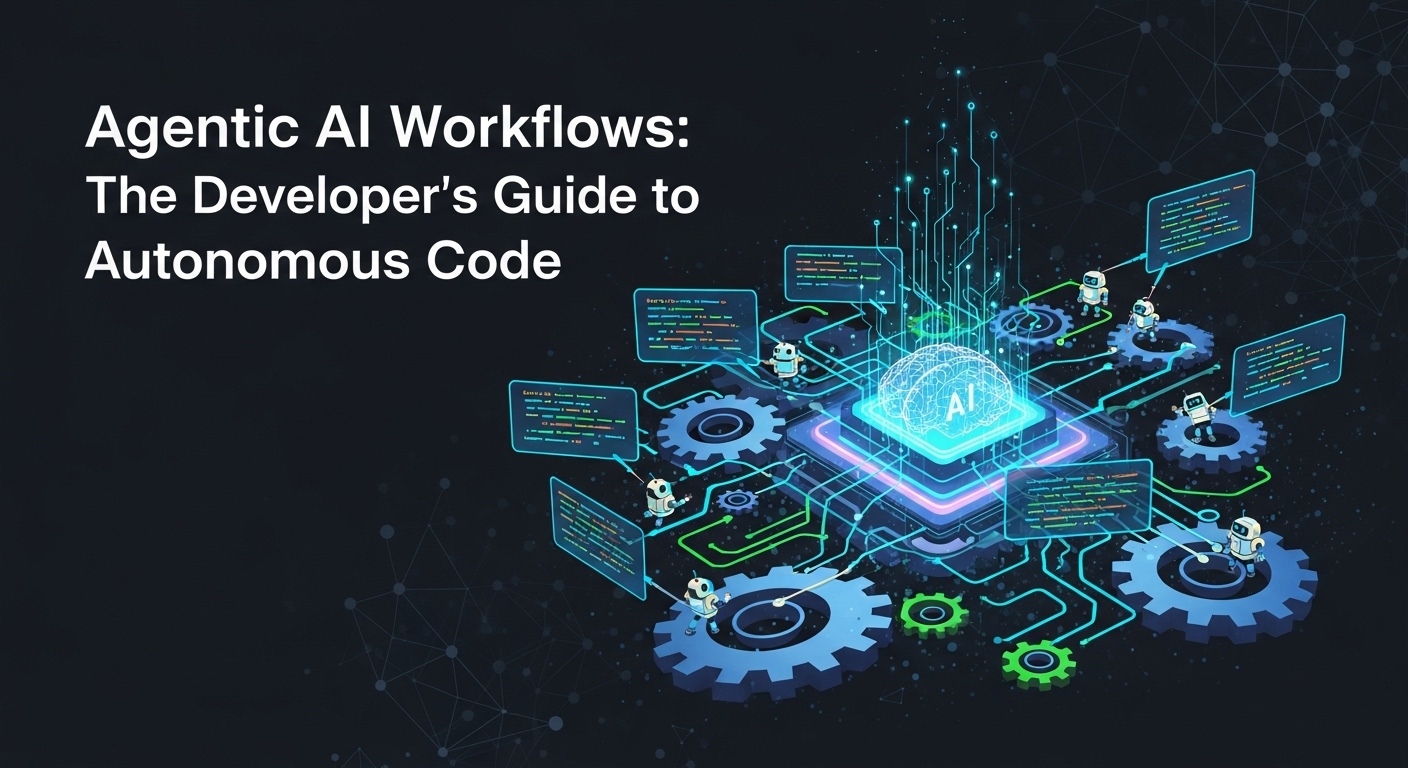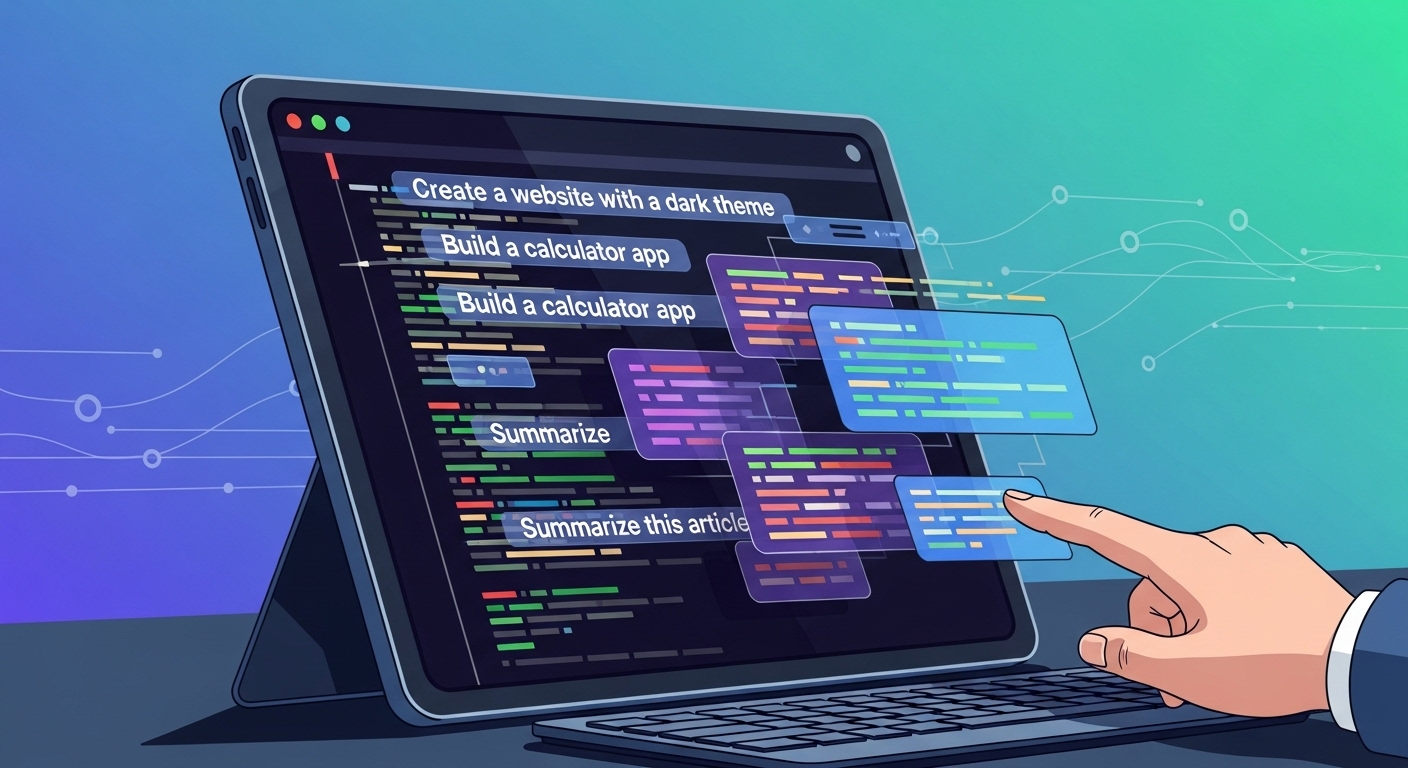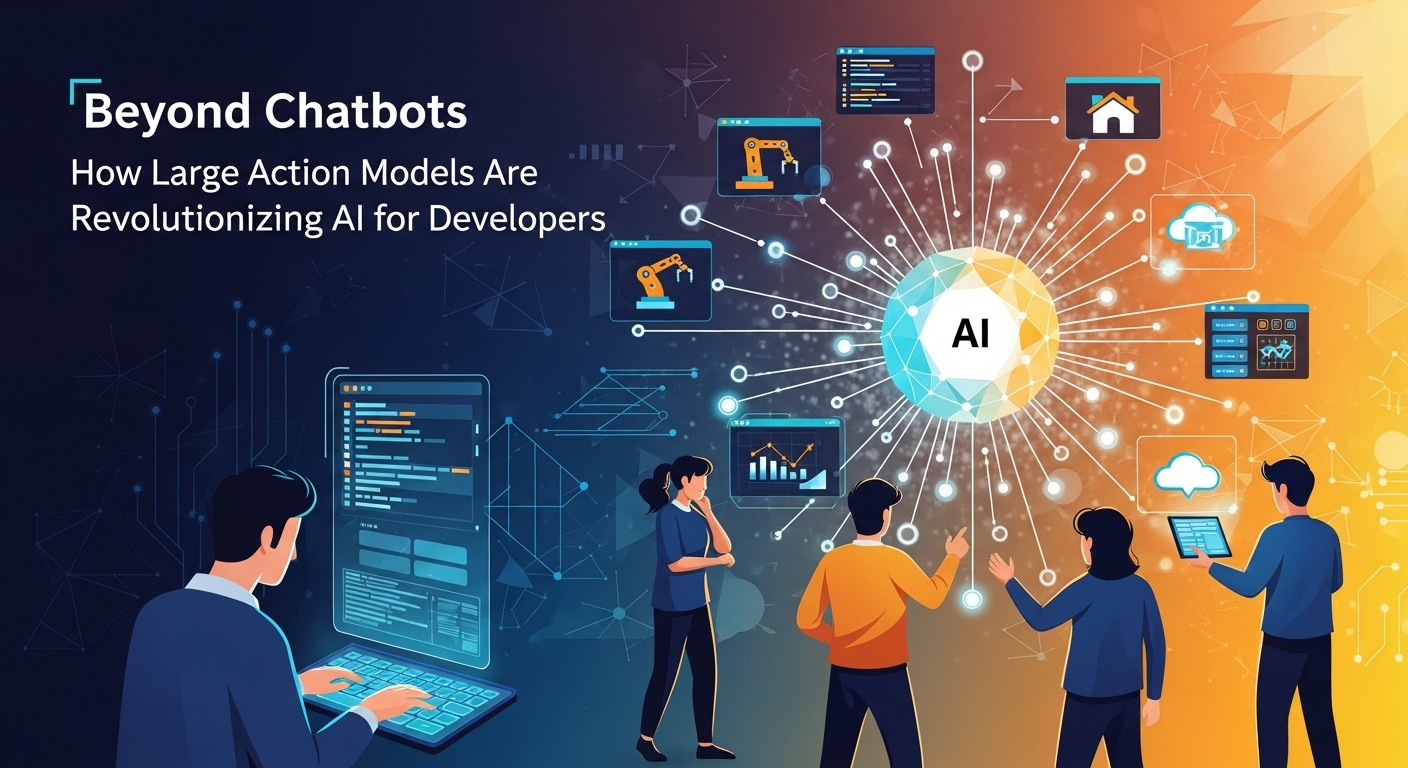The Evolution from Code Assistant to Autonomous Teammate
For the past few years, the conversation around AI for developers has been dominated by code completion tools. Giants like GitHub Copilot and Amazon CodeWhisperer have fundamentally changed our daily workflows, turning into indispensable partners that suggest lines, functions, and even entire test files. They are incredibly powerful, but they are assistants. They wait for our command, prompt, or keystroke. Now, the paradigm is shifting. We’re moving from AI assistants to AI agents—autonomous systems that can take a high-level goal and execute a multi-step plan to achieve it. Welcome to the world of agentic AI workflows, the next frontier in software development.
Imagine filing a ticket in Jira that says, “Create a new REST API endpoint to fetch user profiles.” Instead of a human developer picking it up, an AI agent does. It reads the ticket, understands the requirements, browses the existing codebase to understand conventions, writes the controller and service logic, adds unit and integration tests, and finally, opens a pull request for your review. This isn’t science fiction; it’s the reality that agentic AI is rapidly making possible. This guide will explore what these workflows are, why they are a game-changer for developers, and how you can start building them today.
What Exactly Are Agentic AI Workflows?
An agentic AI workflow involves one or more AI agents working together to accomplish a complex task that requires planning, tool use, and self-correction. Unlike a simple prompt-and-response interaction with a large language model (LLM), an agent can reason, strategize, and interact with its environment to get things done.
Beyond Code Completion: The Leap to Autonomy
The key difference lies in autonomy. A code completion tool reacts; an AI agent acts. It operates on a loop that typically involves these steps:
- Goal Decomposition: The agent breaks down a complex, high-level goal (e.g., “add authentication to the app”) into a series of smaller, manageable steps.
- Tool Selection and Use: The agent has access to a toolkit. This could include the ability to read/write files, execute terminal commands, search the web, or call other APIs. It intelligently selects the right tool for each step.
- Self-Correction: This is the magic ingredient. If a step fails—a command returns an error, a test doesn’t pass, or a file isn’t found—the agent doesn’t just stop. It analyzes the error, re-evaluates its plan, and tries a different approach. It learns from its mistakes in real-time.
The Core Components of an AI Agent
Building an effective AI agent for development tasks requires orchestrating several key components:
- The Brain (LLM): At the core is a powerful LLM, like GPT-4, Claude 3, or Llama 3. This model provides the reasoning, language understanding, and planning capabilities.
- The Toolkit: This is the agent’s connection to the real world. For a developer agent, tools might include a file system reader/writer, a shell executor for running scripts and tests, a web browser for research, and a vector database for searching project documentation.
- The Planner: This module is responsible for creating and maintaining the step-by-step plan to achieve the goal. It decides what to do next based on the current state and the overall objective.
- Memory: Agents need both short-term memory (the context of the current task) and long-term memory (learnings from past tasks or access to a knowledge base) to be effective. This prevents them from making the same mistakes repeatedly.
Why This Matters for Developers Right Now
The rise of agentic AI isn’t about replacing developers; it’s about augmenting them to an unprecedented degree. It’s a force multiplier that automates drudgery and frees up human creativity for the problems that truly matter.
Supercharging Productivity and Complex Problem-Solving
Think about the time spent on boilerplate tasks: setting up new microservices, writing CRUD endpoints, configuring CI/CD pipelines, or generating comprehensive documentation. These are necessary but often repetitive. An agentic workflow can automate these tasks entirely, allowing a senior developer to define the high-level architecture and let the agent handle the implementation details. This drastically shortens the development cycle and allows teams to tackle more complex features in less time.
Reducing Cognitive Load
Every developer knows the feeling of holding a complex system in their head—the mental tax of context-switching between different files, remembering API contracts, and tracing data flows. AI agents can carry a significant portion of this cognitive load. They can trace dependencies, find relevant code snippets across a massive codebase, and summarize the potential impact of a change, acting as an omniscient project expert that never gets tired.
Building Your First Agentic AI Workflow: A Practical Guide
Getting started with agentic AI for developers is more accessible than you might think, thanks to a growing ecosystem of open-source frameworks.
Choosing Your Framework: LangChain vs. AutoGen vs. CrewAI
Several frameworks have emerged to simplify the creation of agents. Here’s a quick comparison:
- LangChain: One of the most mature and comprehensive toolkits. It provides all the building blocks (LLM wrappers, tool integrations, memory modules) you need. It’s powerful but can have a steeper learning curve.
- Microsoft’s AutoGen: Focuses on creating conversational agents that can collaborate to solve tasks. Its strength lies in orchestrating complex multi-agent dialogues.
- CrewAI: A newer, agent-first framework designed to make collaborative AI simple. It uses a role-based approach (e.g., a ‘Researcher’ agent and a ‘Senior Developer’ agent) that is intuitive and powerful for orchestrating complex workflows.
A Simple Example with CrewAI
Let’s imagine we want to create a workflow to write a Python script. Our goal: “Create a Python script that uses the OpenWeatherMap API to get the current weather for London and prints it to the console.”
Here’s how you might structure it using CrewAI:
- Define Your Agents: You would create two agents. A `WeatherResearcher` agent, whose job is to find the correct API endpoint and required parameters for OpenWeatherMap. A `PythonProgrammer` agent, whose job is to take that information and write clean, executable Python code.
- Define Their Tools: The `WeatherResearcher` needs a web search tool (like DuckDuckGo search). The `PythonProgrammer` needs a tool to write to a file (`weather_script.py`).
- Define The Tasks: You create a research task for the first agent and a coding task for the second. Crucially, you define that the coding task is dependent on the output of the research task.
- Assemble the Crew: You put your agents and tasks together into a `Crew` and kick off the process. The crew will then manage the execution, passing information from the researcher to the programmer until the final script is written.
This simple example demonstrates the power of breaking down a problem and assigning specialized agents to each part, mimicking how a real development team works.
The Challenges and Future of Agentic AI
The road to fully autonomous AI development teams is not without its obstacles. We must be realistic about the current limitations while being optimistic about the future.
Navigating the Pitfalls: Hallucinations and Security
LLMs can still “hallucinate,” or make up incorrect information. An agent that hallucinates an API endpoint will write non-functional code. Furthermore, giving an AI agent the ability to execute terminal commands is a significant security risk. It’s crucial to run agents in sandboxed environments (like Docker containers) with restricted permissions to prevent them from causing unintended harm to your system.
The Road Ahead: What’s Next?
The field is moving at a blistering pace. The next wave of AI for developers will likely include:
- Multi-modal Agents: Agents that can understand not just text, but also images. Imagine feeding an agent a screenshot of a UI mockup and having it generate the corresponding frontend code.
- Self-Healing Codebases: Agents that monitor production applications, detect bugs from error logs, and automatically write and deploy a patch.
- Full-Stack Project Generation: The ability to go from a detailed product requirements document to a fully scaffolded, tested, and deployable application with a single command.
Conclusion: Become an AI-Powered Developer Today
Agentic AI workflows represent a fundamental shift in how we build software. They are moving from a theoretical concept to a practical tool that developers can use to automate complexity, boost productivity, and focus on what they do best: creative problem-solving. This isn’t about being replaced; it’s about being empowered. The developers who embrace these tools, learn how to build with them, and understand how to effectively delegate tasks to their AI counterparts will be the ones who lead the next generation of technological innovation. Don’t wait for the future to arrive. Start exploring frameworks like CrewAI or AutoGen today, build a simple agent, and discover firsthand how you can transform your development process. The age of the AI-powered developer is here.


